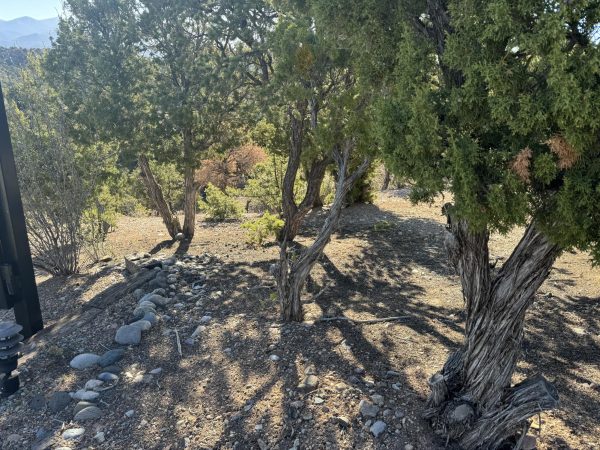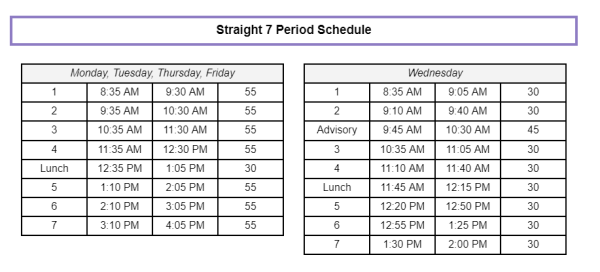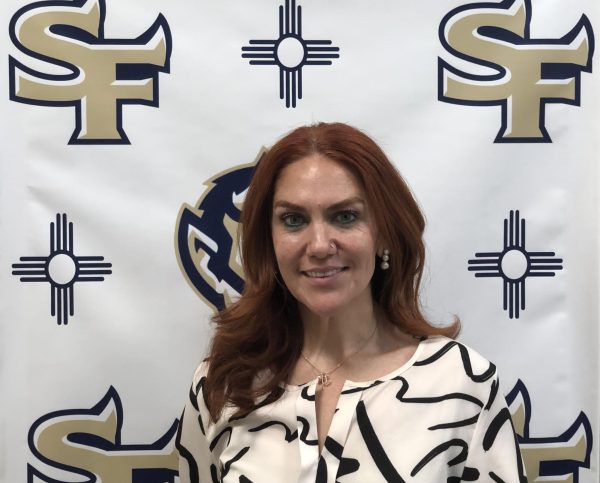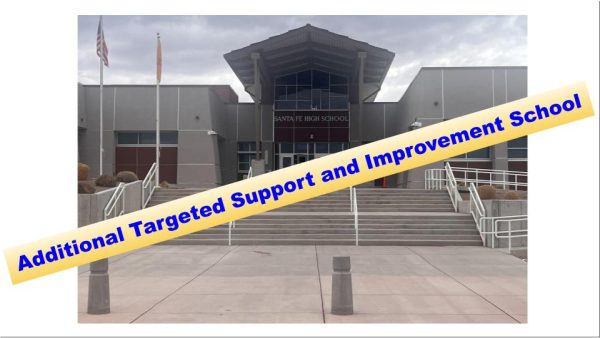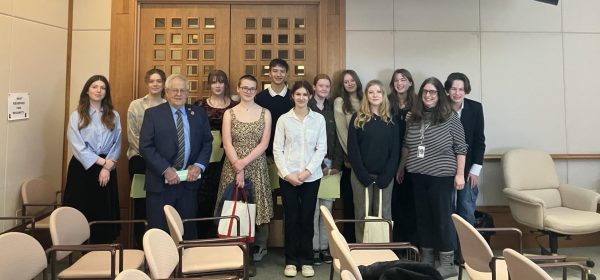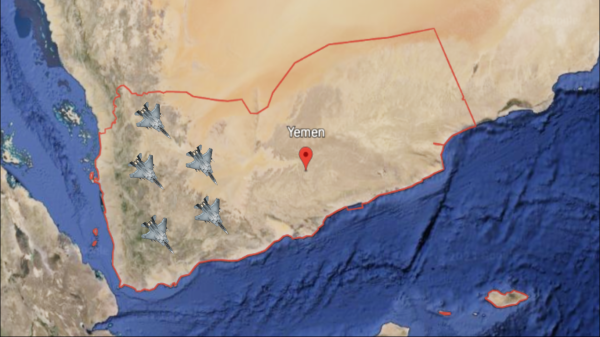Bilingual Seal Recognizes the Benefits of Speaking More Than One Language
February 17, 2019
Less than half of the people in the United States speak more than one language, far less than most of the world’s developed nations. Speaking a second language can be really helpful for others and especially for that person. English is so widely spoken that it has often been referred to as a “world language.” In most countries, it is the language most often taught as a foreign language. But Americans can only benefit from being more than monolingual.
The Bilingual Seal is an award given by a school or district in recognition of a student who has studied and, by high school graduation, attained proficiency in a language other than English. The Bilingual Seal emblem appears on the diploma of the graduating senior, including a notation on the student’s transcript.
Former governor Susana Martinez signed the program into law in 2014 and it became effective in September 2015, making students in the class of 2016 the first eligible to earn the seal. This program has gained popularity in the last two years, with 141 high school graduates in New Mexico earning the seal in May 2018.
Ms. Beltran, who began teaching at Santa Fe High in 2018, teaches AP Spanish, AP Literature and Composition, and Spanish I. She is in charge of the Bilingual Program and other teachers help her with her student portfolios.
Ms. Beltran said, “This is a big opportunity for many Latinos and immigrants who come to the United States and want to go to college or want a better job. It’s proof that you have demonstrated efficiency in two or more languages.”
Their goal is to help students recognize that being bilingual is an asset and provide motivation for them to succeed in school. Another important objective is to connect bilingual students with potential employers, as being bilingual can often translate into tangible employment benefits. Many employers take language abilities into consideration when hiring and may offer a stipend or differential pay for employees who speak more than one language.
The Bilingual Seal includes several foreign languages — Spanish, French, Chinese, German, Italian and Japanese — and also includes the languages of several New Mexican tribes, such as Keres, Navajo, Tewa, Tiwa, and Zuni.
Jose Chavez will be graduating with the bilingual seal this year. He said, “I’m happy because this will make my life easier when I go to apply for job. They will see that I can speak more than one language.” Jose decided to join the program because he felt it was a good opportunity for his future.
Berenice López, who graduated in 2016 from Santa Fe High School with the Bilingual Seal, stated, “When I went to college, I got some credits just by having the seal.” She also said she was exempted from certain classes because of the seal.
New Mexico students can achieve the Seal of Bilingualism through one of four pathways, according to the NM Public Education Department.
- Tribal certification, in which a tribe determines a student is proficient in the Native language;
- Credits and assessments, by which a student earns at least a C in four classes in a language other than English and meets certain competency requirements;
- A portfolio process, in which a student earns four credits in a language and creates a portfolio of work demonstrating proficiency in the language; and
- An alternative process in which the student meets proficiency requirements and creates a portfolio of work.
Mr. Granado, one of Santa Fe High’s assistant principals, said that the program is “a unique opportunity that will help you in each step of your life. Follow your passion.”



